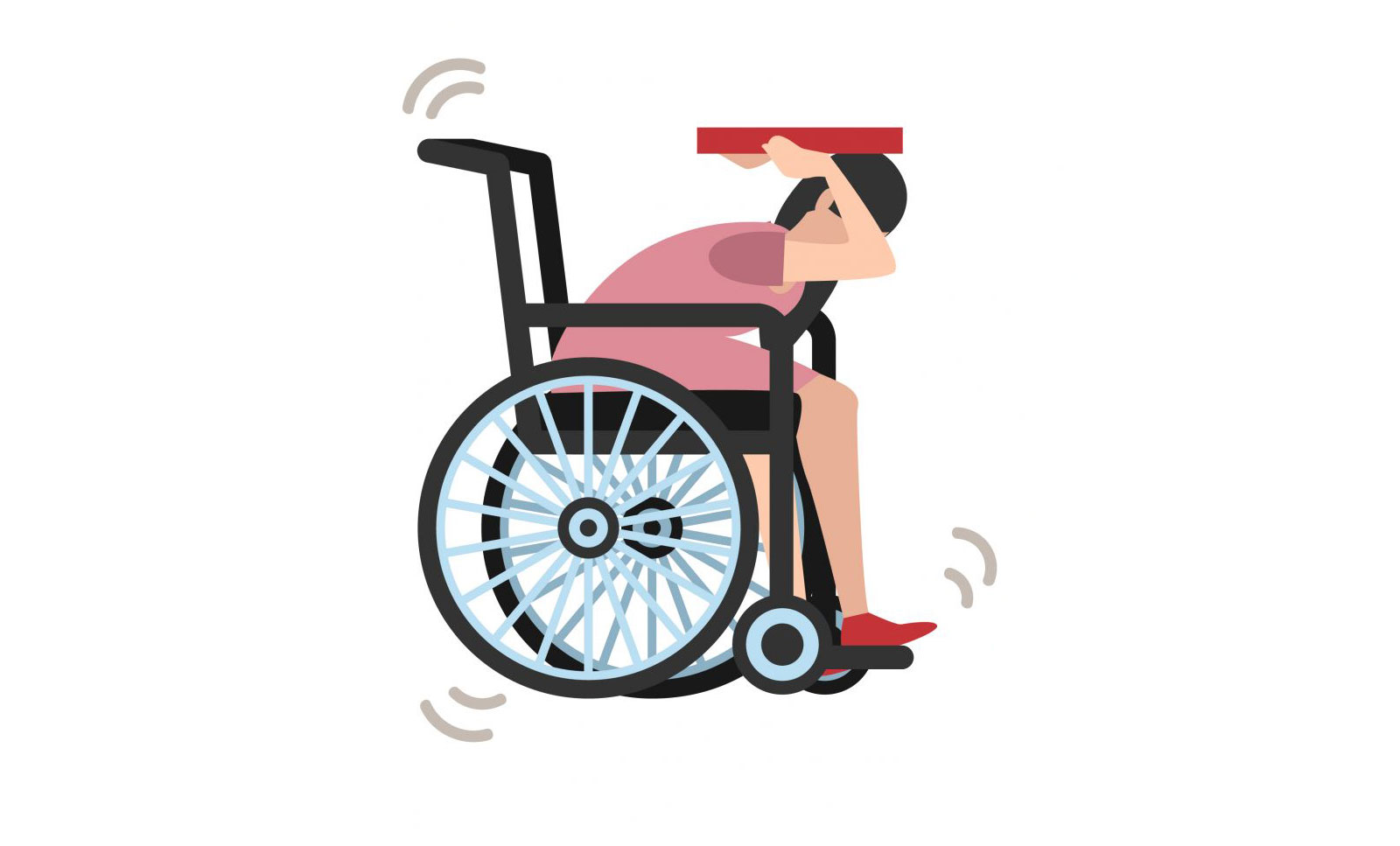Handicapped

1.Establish a personal emergency contact network.
- Find trusted relatives and friends in every important place in life, including home, workplace, school, etc., or ask the village head if there are disaster prevention volunteers in the community who can come to help you in an emergency.
- Find an emergency contact person who is far away from you (for example, in a different village), to prevent the nearby emergency contact person from being unable to come to help you due to the same disaster.
- Give your home backup keys to an emergency contact.
2.Discuss emergency response plans together
- Discuss and practice emergency contingency plans with your emergency contacts, based on your needs.
- Let emergency contacts know where you store emergency supplies.
- If you need to rely on life support equipment or rely on caregivers, please ask your emergency contact person to take the initiative to confirm your condition in an emergency.
3.Auxiliary equipment
- Those who usually use electric wheelchairs, please check the tire pressure and battery charging status of the wheelchair frequently, and prepare spare batteries and chargers. If possible, a lighter manual wheelchair can be prepared as a backup, so that others can assist in evacuation.
- Luminous stickers attached to crutches, wheelchairs, and walkers so they can still be found in the dark.
- If the tire is not puncture-proof, have a tire repair kit ready.
4.Medical equipment and drug preparation
- For medical equipment that is usually used, instructions on how to use it should be made so that your emergency contact person can assist you in using it in a disaster, and you should be able to move it out smoothly in an emergency.
- If you need to rely on life support equipment, please plan for power outage backup.
- Those with chronic diseases should prepare a copy of the prescription, confirm the contact information of the medical institution and commonly used drugs, and confirm the expiry date.
5.Emergency evacuation kit for assistance animals
To use an assistance animal service provider, you need to prepare the following items for itWater and food, emergency medicine and bandages, can opener, blankets and toys, animal leash, your phone/veterinarian's phone, name of animal training center, tissues, plastic bag, license video/vaccination history, and recent photos.【Remarks: Disaster prevention precautions for the physically and mentally handicapped are quoted from the "Perpetual Calendar for the Physically Handicapped" by the National Science and Technology Center for Disaster Reduction (NCDR).】
Update:112-08-14

